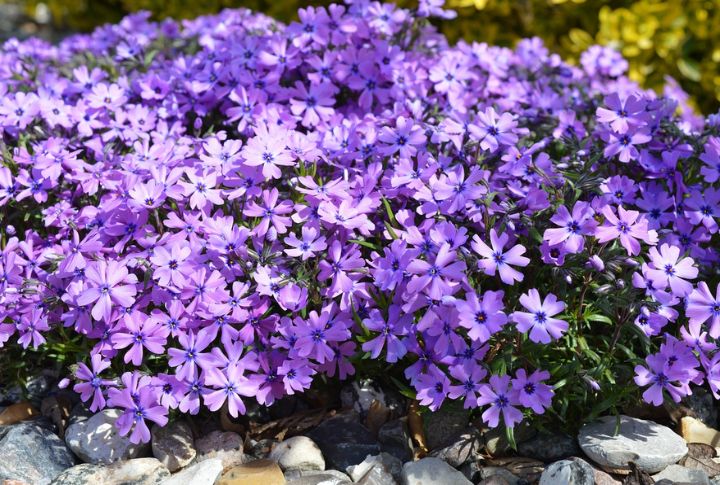
Weeding a garden is one of those tasks that starts out satisfying and quickly turns into a chore because no matter how many times you clear the space, those stubborn invaders always seem to creep back in. But what if your plants could do some of the heavy lifting for you? That’s where these 20 low-growing ground covers come in.
Creeping Thyme (Thymus Serpyllum)
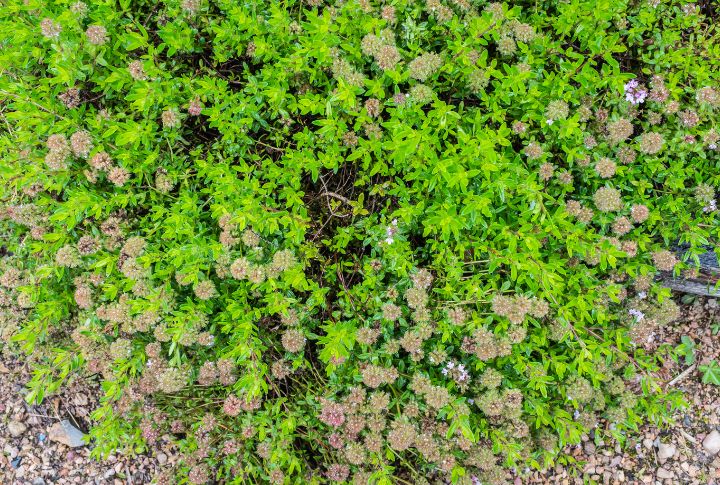
Creeping thyme forms a dense, fragrant mat along pathways and borders. It establishes such a tight weave that invasive plants simply can’t penetrate it. The beautiful scent released underfoot and the happy buzz of pollinating bees among the blooms are an added bonus.
Japanese Spurge (Pachysandra Terminalis)
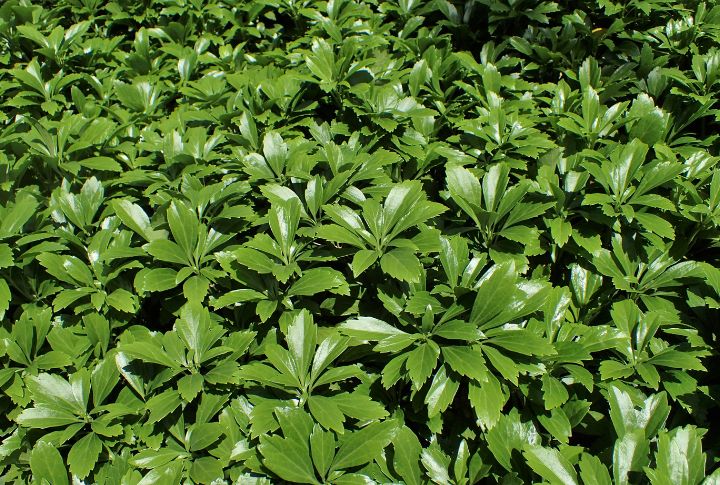
Don’t let shady, bare patches turn into weed colonies. Japanese spurge is the elegant, go-to solution for those challenging spots. It forms a thick, reliable covering of glossy, dark green foliage that provides year-round appeal. Its delicate white flowers look especially stunning in early spring.
Ajuga / Bugleweed (Ajuga Reptans)
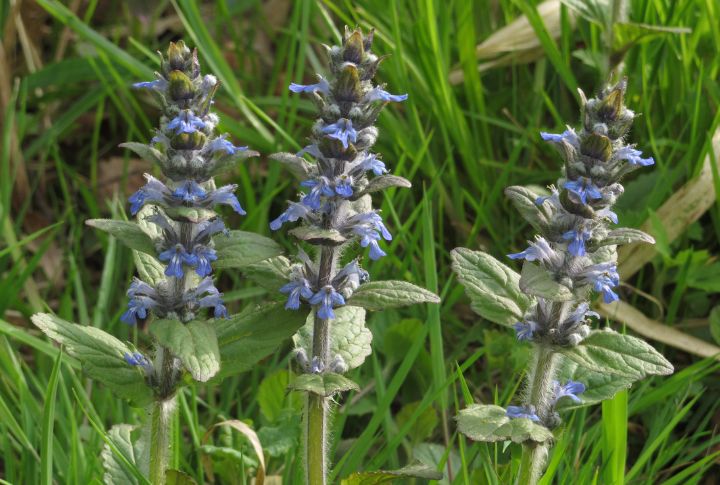
Ajuga spreads with purpose—its runners swiftly cover open ground and create a natural barrier against unwanted growth. Not only does it protect the soil, but it also turns it into a visual delight with patterned foliage and vivid flower spikes in soft shades of blue, purple, and pink each spring.
Creeping Jenny (Lysimachia Nummularia)
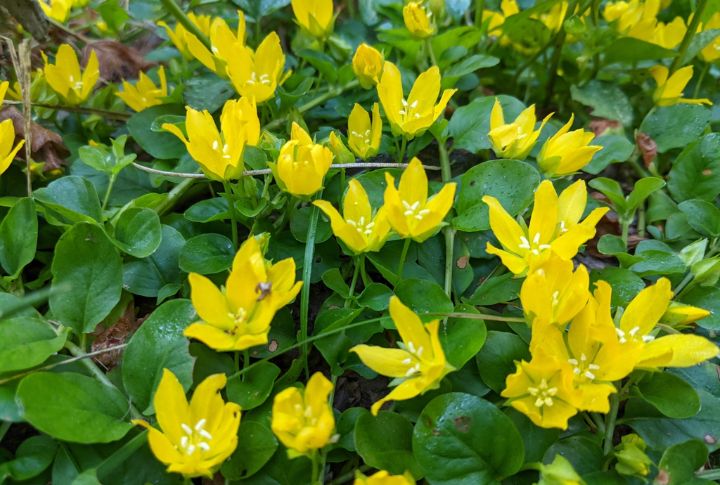
A splash of bright chartreuse brings both beauty and muscle to your garden, when creeping Jenny weaves a thick layer of its golden-green growth. While it flourishes in partial shade, it can also adapt to full sun, especially in cooler regions, where its foliage may take on a brighter chartreuse hue.
Sweet Woodruff (Galium Odoratum)
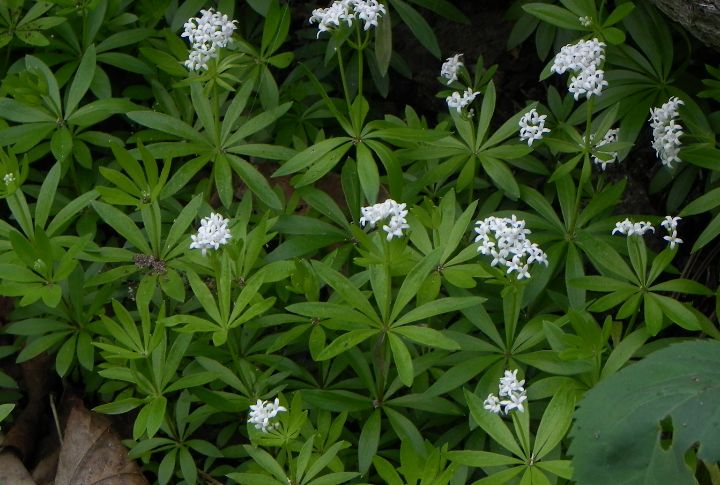
Sweet woodruff quickly fills in all those damp, shaded spots of your garden with a soft (but sturdy) layer that keeps weeds from sneaking through. It offers fragrant leaves and springtime blooms, making it both a practical and charming groundcover choice.
White Clover (Trifolium Repens)
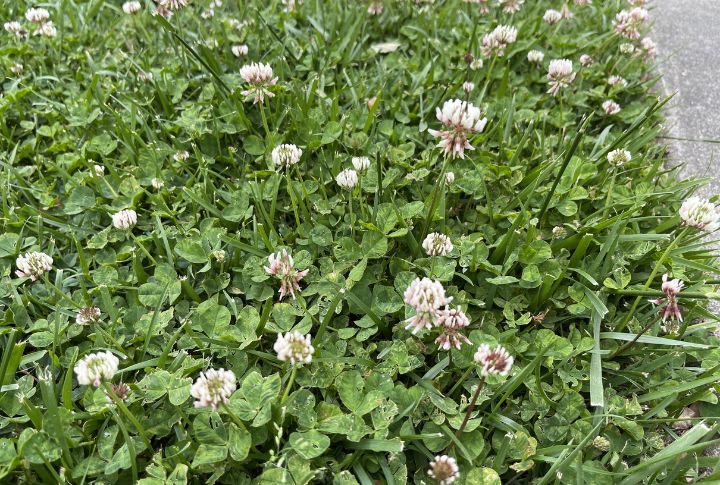
White clover is a smart choice because it competes hard for soil resources. The compact growth provides protection, and later, the blooms attract beneficial bees. It completes its cycle by enriching the ground, after which you can simply till it back into the soil to create “green manure” for future plantings.
Irish Moss (Sagina Subulata)
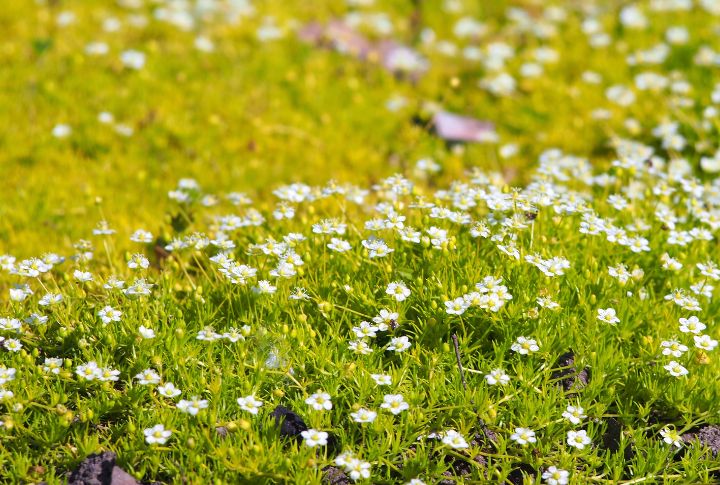
It turns empty soil into a soft, green carpet. The dense, cushion-like surface welcomes barefoot steps and gently cushions pathways. Perfect for shaded, damp areas, it prospers in rich, moist soil and produces tiny white flowers during summer. This groundcover calms the eye as it keeps weeds at bay.
Liriope
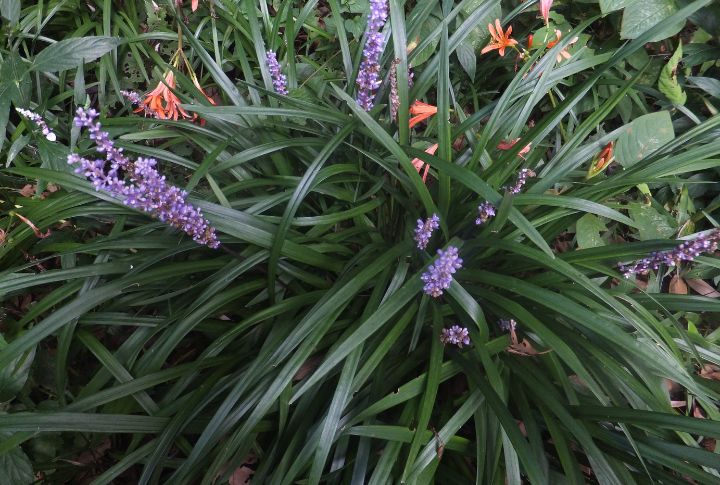
Liriope’s grass-like leaves bring crisp, year-round structure to your garden with minimal effort. Its thick, tufted growth not only looks elegant but also keeps invasive plants from taking root in various soils. When late summer arrives, the tidy greenery is crowned with tall, eye-catching spikes of purple or white flowers.
Sedum (Low-Growing Stonecrops)
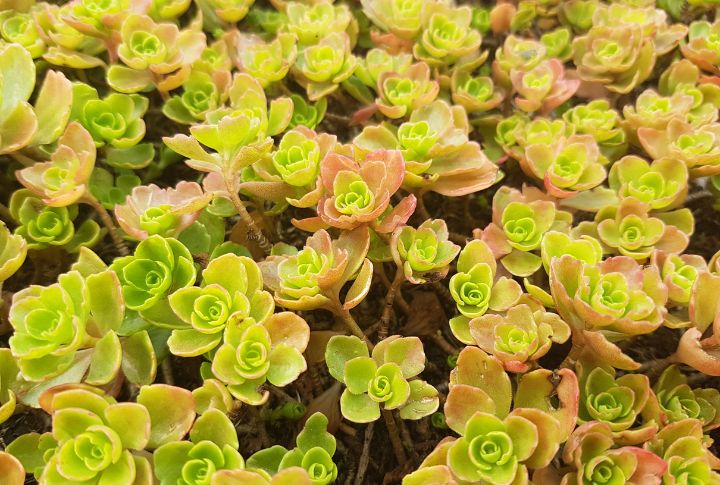
Low-lying sedum thrives where other greenery falters. Its succulent leaves act as natural water reservoirs, helping it withstand long dry stretches. Pressed close to the earth, it prevents soil loss and nestles neatly between walkways. Cooler months bring a change in hue, as reds and purples emerge for a seasonal twist.
Dead Nettle (Lamium Maculatum)
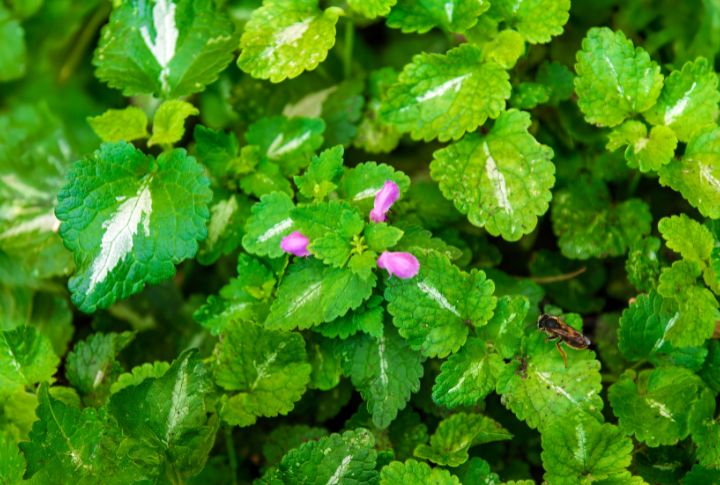
Shade can feel like a losing battle, but not for Dead Nettle. These plants flourish in moist, dim areas, steadily spreading their silver-marked, multicolored leaves. The resulting blanket-like structure prevents persistent weeds from gaining a foothold, and the bright blooms last from spring well into the fall.
Mazus (Mazus Reptans)
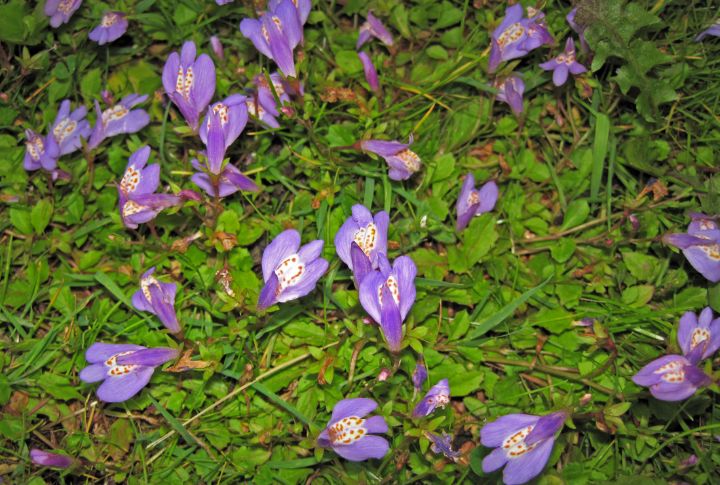
Searching for an adaptable mat? Mazus spreads fast, weaving thick growth in both sunny and partially shaded spots with moist soil. This vigorous habit naturally crowds out weeds year-round. Even when it’s not blooming, its thick leaves stay low and strong, covering the ground all year and helping your garden stay neat and weed-free.
Creeping Phlox (Phlox Subulata)
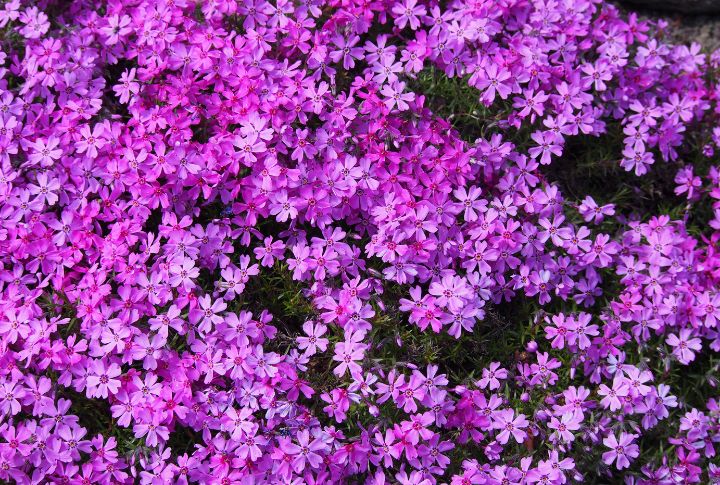
Turn difficult, sunny slopes into a focal point with creeping phlox. Its needle-like foliage quickly forms a dense, evergreen sheet that effectively grips the soil and deters weeds. The spectacular, colorful blanket of spring blooms feels like a reward after a long, quiet winter rest.
Lamb’s Ear (Stachys Byzantina)
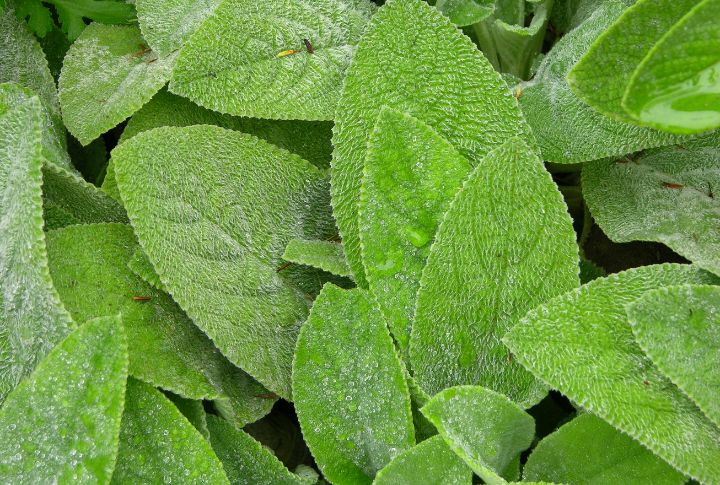
Don’t let the soft, velvety texture fool you; Lamb’s ear is a practical weed blocker. The crowded, woolly, silvery layer of foliage creates an impressive visual impact while efficiently smothering weeds below. It thrives equally well in full sun or light shade with minimal maintenance required.
Hardy Geranium
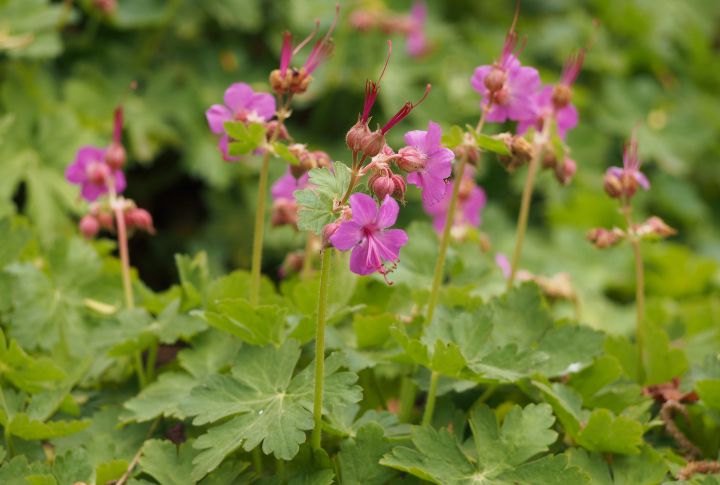
These low-maintenance groundcovers are as adaptable as they are attractive. They’re not picky about shade or soil—loamy, sandy, or slightly clay-based, they’ll take it all in stride. And before winter sets in, your garden will turn into rich shades of red and orange.
Epimedium (Barrenwort)
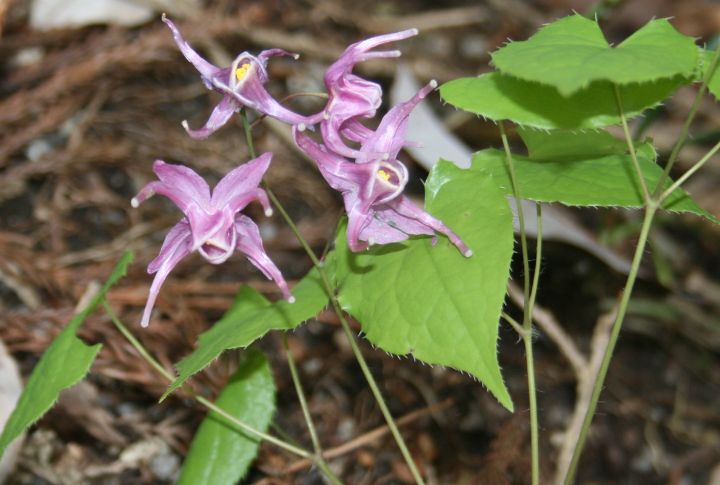
Deep shade, Epimedium is a drought-tolerant, reliable winner. It maintains a crowded, weed-suppressing turf consistently throughout the year. Spring welcomes its unique, spurred flowers dancing above heart-shaped foliage, often tinged with beautiful bronze or red highlights. It’s an ideal choice for woodland gardens.
Corsican Mint (Mentha Requienii)
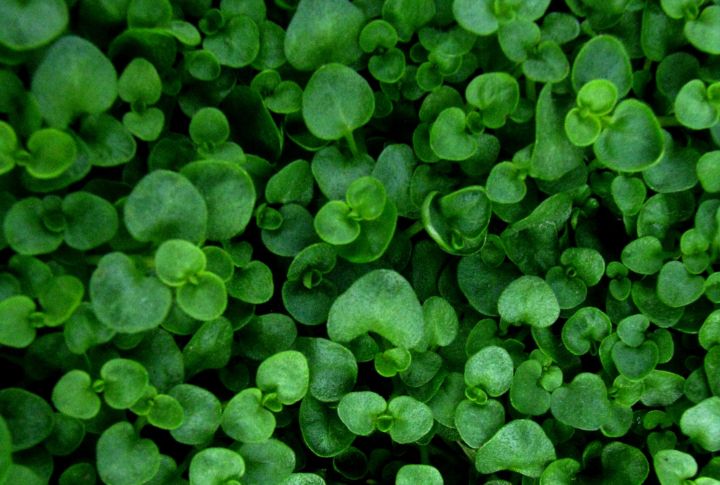
Battling weeds in moist, shaded garden crevices? Corsican mint offers a fragrant solution. It develops a thick green mat that spreads easily in quiet corners, perfect for covering spaces between stones. Plus, a refreshing aromatic burst of mint is released into the air every time it’s brushed or stepped upon.
Trailing Lantana (Lantana Montevidensis)
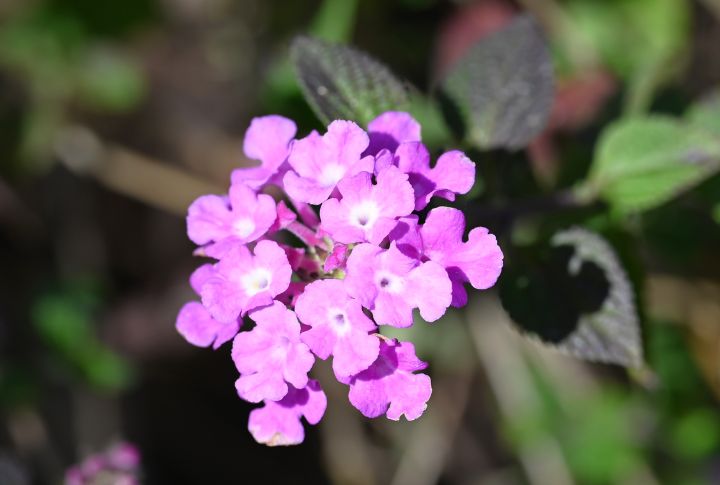
If aggressive weeds are claiming your sunny, dry areas, Trailing Lantana is the best companion for your surroundings. Thick carpet forms across the ground, actively blocking invasive plants. Hardy in dry conditions, the ground cover also showcases clusters of lavender or purple flowers, being a constant food source for butterflies.
Candytuft (Iberis Sempervirens)
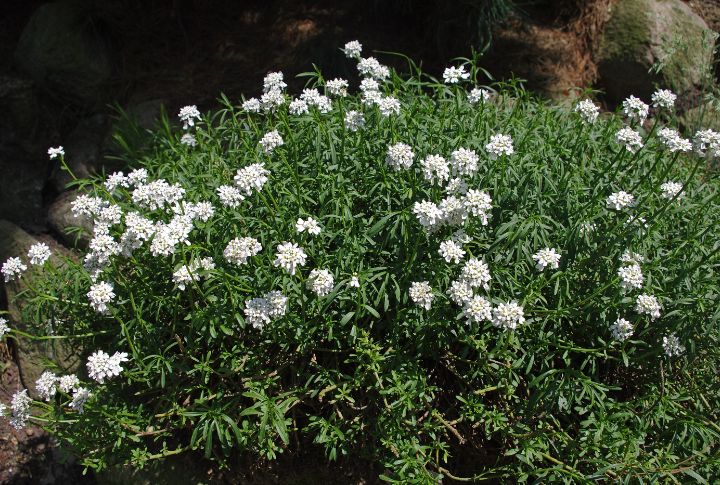
Candytuft forms dense and attractive spreads of evergreen foliage that help in keeping weeds under control all year. It’s a low-growing plant that prefers full sun and well-drained soil in order to produce abundant white blooms that appear every spring.
Wild Ginger (Asarum Europaeum)
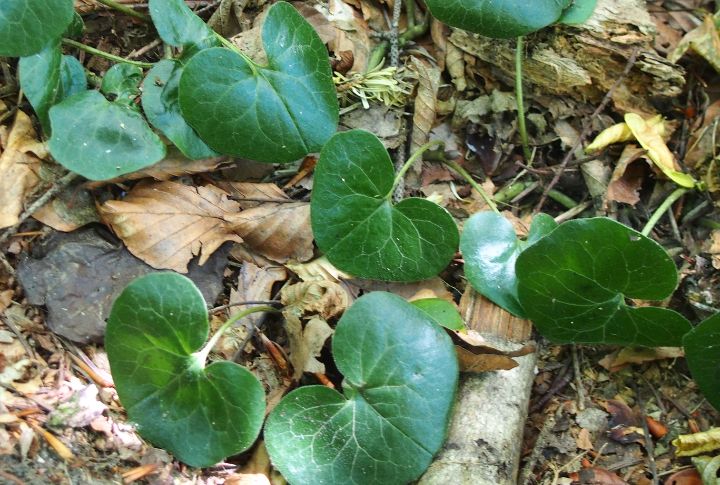
In the rich soil of deeply shaded gardens, wild ginger establishes a perfect, thick living carpet. They have glossy, heart-shaped leaves that interlock to create a natural barrier, which makes it nearly impossible for weeds to take hold. Look closely for delicate, cup-shaped flowers hidden beneath the leafy canopy.
Blue Star Creeper (Isotoma Fluviatilis)
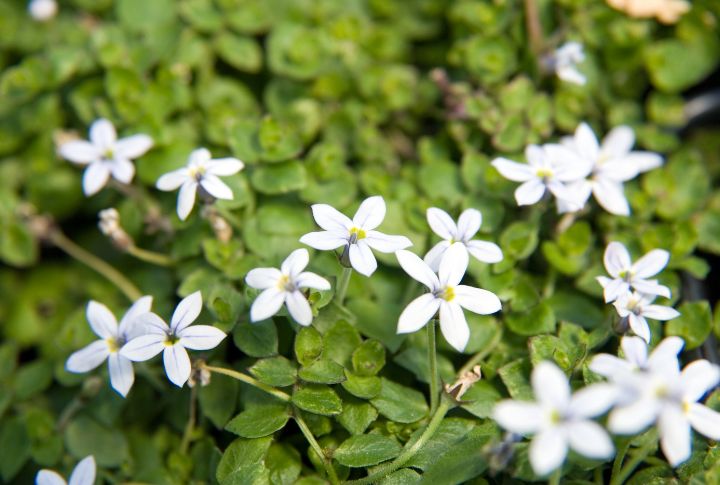
The endless fight against garden weeds can also be countered with these plants. Blue star creeper forms a lush mat that actively suppresses unwanted growth, and the best part is: Light foot traffic doesn’t harm it, which makes it ideal for paving gaps.

